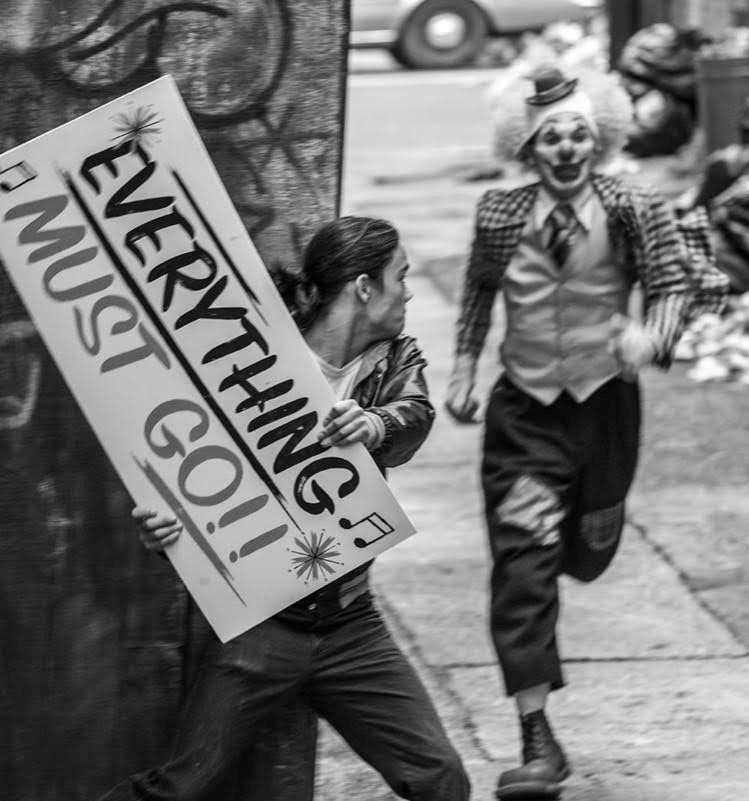
Published 2020-08-05
Keywords
- Psychiatry,
- cinema,
- society,
- responsibility,
- joker
How to Cite

This work is licensed under a Creative Commons Attribution-NonCommercial-ShareAlike 4.0 International License.
Abstract
Hannibal Lecter, Malcolm Crowe, and Arthur Fleck are three cinematic characters that relentlessly pull the viewer in for different but powerful reasons. A common thread between these characters is their explicit connection to psychiatric illness or its treatment. The author explains how these characters obtain the attention of the audience through the lens of mental illness and how the viewer’s reservoir for compassion stands to deepen during this process. The author concludes with a social commentary on Todd Phillips’ Joker (2019) and the controversy surrounding its depiction of mental illness on the silver screen.
Downloads
References
- Joker. 2019. [film] Directed by T. Phillips. Los Angeles: Warner Bros.
- The Silence of the Lambs. 1991. Directed by J. Demme. Los Angeles: Strong Heart/Demme Production.
- Blake, W. Auguries of Innocence. 1863.
- Red Dragon. 2002. Directed by B. Ratner. Los Angeles: Universal Pictures.
- The Sixth Sense. 1996. Directed by M. Night Shyamalan. Los Angeles: Hollywood Pictures.
- The Godfather Part I. 1972. Directed by F. F. Coppola. Los Angeles: Paramount Pictures.
- The Godfather Part II. 1974. Directed by F.F. Coppola. Los Angeles: Paramount Pictures.
- The Shining. 1980. Directed by S. Kubrick. Los Angeles: Warner Bros.
- Quentin Tarantino on Charlie Rose. 2009. Charlie Rose LLC. Transcript available: https://charlierose.com/videos/26959./li>




